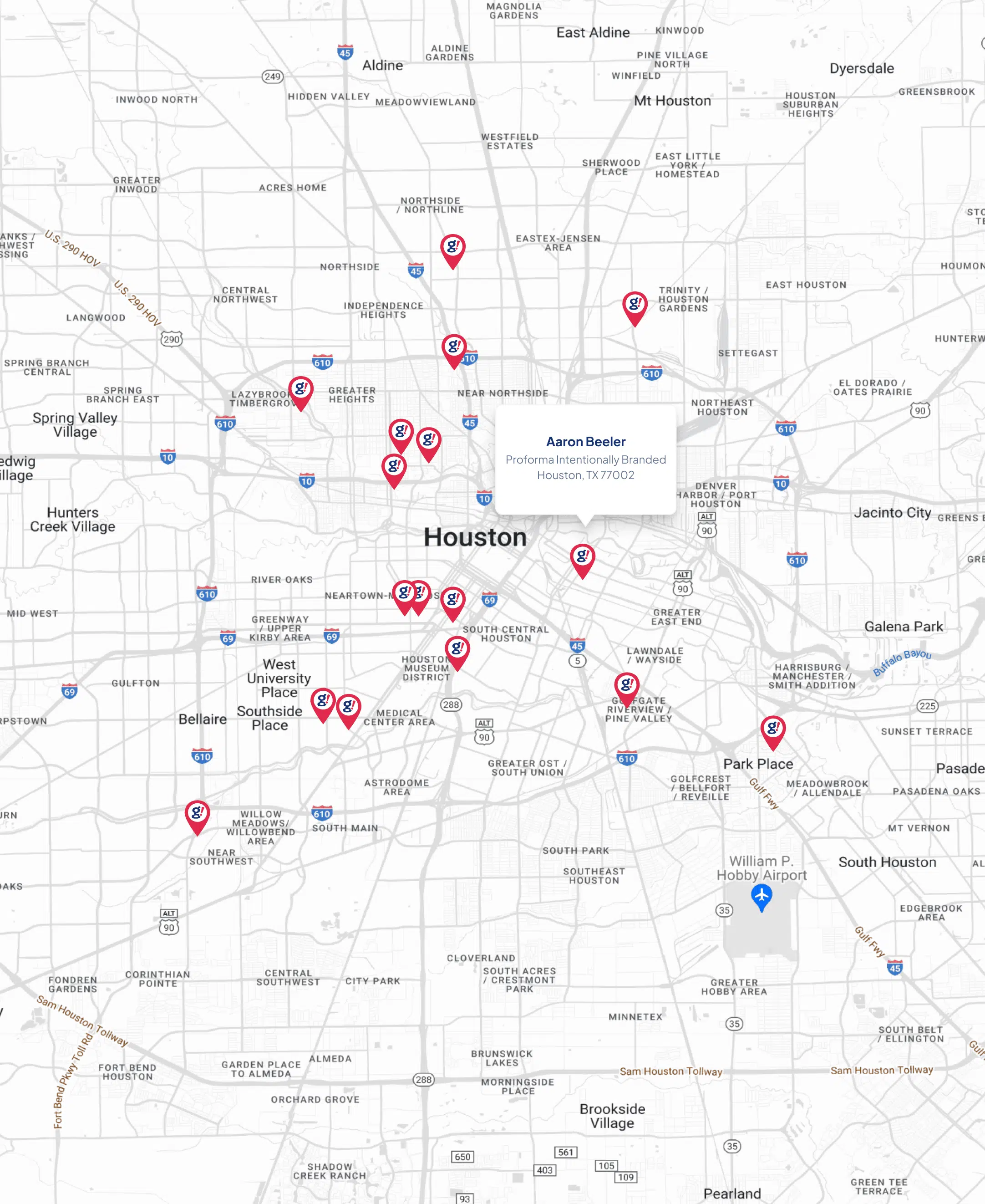The State of AI-Driven Digital Transformation
- Updated on: 2020-08-10
- Read original article here

Over the past decade, digital transformation has been changing and re-inventing the way organisations conduct business. Essentially, it is the process of leveraging digital technology to create new or modify existing customer experiences as well as business culture and processes, to meet changing customer and market needs. Digital transformation is a foundational change in how an organisation delivers value to its customers.
Here’s where artificial intelligence (AI) is poised to become the game changer. As a catalyst in the digital transformation journey of many organisations, AI is often undervalued. However, there’s no denying that this liberating technology can help businesses become more adaptive, creative, flexible and innovative than ever before. It can not only help businesses win new customers and mitigate risks, but also raise their profits.
A 2017 study by Infosys found that 98 percent of respondents who had leveraged AI for their digital transformation reported that it helped generate additional revenue for their organisations. The same study also revealed that machine learning has had the biggest impact in digital transformation by drastically reducing the average time spent on day-to-day activities and improving decision making while minimising room for errors.
Not just that. In another study by Forrester, 71 percent of respondents reported that AI can improve business efficiency while 59 percent said that it can improve scalability. In addition, 55 percent of respondents said AI can help predict customer behaviour, leading to the development of improved products and services.
The big question: How can AI be applied in the digital transformation process?
For a long time, AI was in the discovery stage while scientists made great progress in researching how deep learning can be used to recognise patterns and make predictions. However, we are now in the age of implementation: Entrepreneurs, product managers and engineers need to transform these algorithms into successful businesses. AI expert Kai-Fu Lee says, “Implementation is what makes academic advances meaningful and what will truly end up changing the fabric of our daily lives.”
One of the most popular uses of AI is in the areas of customer service and customer experience. Some 52 percent of consumers and 65 percent of business buyers are likely to switch brands if a vendor doesn’t understand their needs and personalise their communications accordingly. Customers also hate to be kept waiting when they’re looking for support. They detest having to type in a lot of information about their issue and being transferred a number of times before reaching the right support representative.
Porsche has invested heavily into a centralised CRM data centre that documents every interaction throughout the customer lifecycle. This allows it to understand the psyche of its customers and their expectations at every touch point. Using predictive intelligence and real-time segmentation, the automaker is able to drive more effective marketing campaigns. For example, it reaches out to people who are actually interested in buying at that moment, resulting in very high conversion rates.
As discussed in a recent case study co-authored by Joerg, lifestyle conglomerate Majid Al Futtaim (MAF) gained internal buy-in for digital transformation with the help of persuasive use cases centred around customer data and AI. In one case, MAF’s cinema chain used machine learning and association rules to discover new snack combinations for bundling at theatre concession stands. Based on the combo trial alone, the cinema company was able to meet its two-month revenue growth projections in just three weeks.
Joerg’s upcoming case study describes how French B2B energy giant ENGIE effected a thoroughgoing transformation focused on what it called the “3 Ds” – decarbonise, decentralise and digitalise. Combining a host of tech solutions (AI, blockchain, IoT, etc.) into a comprehensive ecosystem, ENGIE rebranded itself as a purveyor of “zero carbon transition as a service”. In other words, ENGIE promises not just to supply energy, but also to empower customers to use it sustainably, with minimal wastage. Enterprise clients pay for this service over and above the cost of their power, but much of the outlay returns to their pockets through the detection of hidden energy-saving opportunities. For example, ENGIE’s insights team was able to trace Starbucks’ excessive energy consumption to a single coffee machine in one of the chain’s 5,000 US outlets using the service. Joerg’s recently published book, The Definitive Guide to B2B Digital Transformation, defines this as the “third transformational shift”, where companies move from product-driven value propositions to data-driven solutions.
Governments are transforming service delivery through AI as well. In China, a number of AI pilot programmes are rolling out across the court system, including an “AI robot” that can answer legal questions in real time, tools to automate evidence analysis and the automated transcribing of court proceedings that would remove the need for judicial clerks to double as stenographers. These technological developments point to a future in which routine court procedures are mostly handled by machines, so that judges can reserve their attention for more complex and demanding cases.
The other major use of AI would be in the areas of security and data privacy. In fact, the Forrester study found that 61 percent of firms in APAC are already enhancing or implementing their data privacy and security-related capabilities using AI.
For example, financial services giant AXA IT has been leveraging machine learning and AI to thwart online security threats. They’ve partnered with cybersecurity firm Darktrace whose Enterprise Immune System learns how normal users behave so as to detect dangerous anomalies with the help of AI.
Data lie at the heart of AI. The success of AI-driven digital transformation, therefore, relies greatly on the ability to draw insights from big data. These are the critical building blocks of AI. However, this is the area where most organisations are still struggling.
The Forrester study reveals that the biggest challenge faced by 53 percent of respondents is in gathering and integrating big data, while 52 percent struggle to build a predictive analytics platform. Both challenges are linked to the lack of data strategy. Companies that have the foresight to first create and implement a customer “smart data” strategy are able to transform more quickly and more effectively. They use AI to rapidly uncover insights at scale and turn them into action. Charting an AI roadmap with the following building blocks is essential:
With a holistic transformation strategy, AI can create wonders. Do not focus on the technology itself. Start with a business need. If you want to leverage an AI-driven digital transformation so your business becomes more agile, flexible and competitive, it is critical that leaders view digital transformation as a strategic imperative rather than just another trend.
Joerg Niessing is a Senior Affiliate Professor of Marketing at INSEAD. He co-directs the Leading Digital Marketing Strategy and B2B Marketing Strategies programmes at INSEAD.



